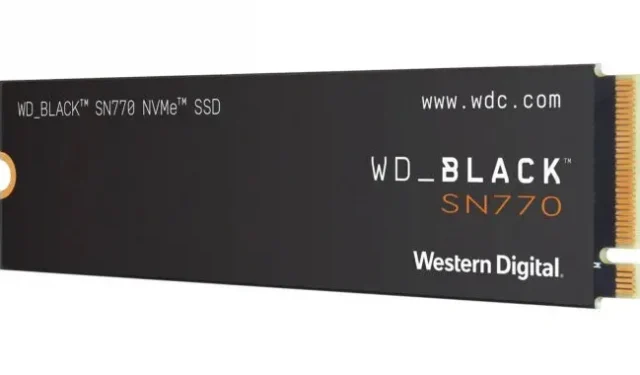Solid-state storage devices have so far been spared the scarcity and high prices that chip shortages have caused for graphics cards, cars, Raspberry Pi boards, and countless other products. But that may change soon, in part due to “contamination”at two Japanese factories used by Western Digital and Kioxia to manufacture flash memory.
According to a short press release from Western Digital, the pollution problem has affected “at least”6.5 exabytes of flash memory, which is just under 7 million terabytes, or 7 billion gigabytes – that’s a lot of NAND memory that will suddenly become unavailable to SSDs, phones, memory cards and USB drives. An analyst who spoke to Bloomberg suggested that the total lost capacity could be as high as 16 exabytes.
The pollution problem could be exacerbated by other factors, such as the recent closure of one of Samsung’s Chinese NAND factories due to COVID-19. Real or perceived shortages of SSDs or other components can also lure speculators looking to make a quick buck by buying up available stock and selling it on eBay or elsewhere at inflated prices.
Countries and businesses are investing billions of dollars in additional chip manufacturing capacity right now, but the lengthy construction time of these factories means most companies and analysts expect chip shortages to continue through 2022 and beyond. Shortages of everything from plates and packing materials to labor force are not helping. And with low inventories and stretched supply chains, common, run-of-the-mill manufacturing errors and production stoppages can have a huge impact on prices and availability.


